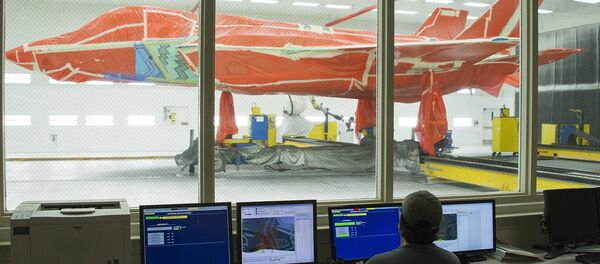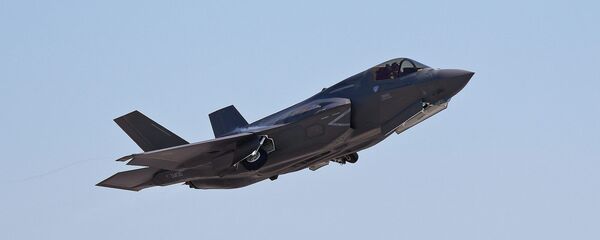Navy papers revealed some 297 incidents related to F-18 OBOGS during tests conducted from May 2010 to October 2015. The statistics also indicated an increase in the number of failures over that period.
“I’m concerned about the high rate of hypoxia — which is caused by a lack of oxygen — and other physiological events apparently being experienced by the crew members of F-18 aircraft over the past five years,” Rep. Niki Tsongas, a senior Democrat on the House Armed Services said during a hearing on the issue.
However, the Navy reported that during the tests, in all “but one instance, the pilot made a full recovery from the episode [of oxygen supply deprivation].” The report does not specify further details.
Some high profile experts suggest that the new generation of F-18s could face problems different from the OBOGS failures.
“The older F-18s are having problems due, it seems, to the cabin pressure system and possible contamination,” Breaking Defense said, citing an expert. “The relatively new Super Hornets are having problems as well, at almost the same rate, but the Navy seems to think it is related to the onboard oxygen generation/filtration system.”
“It’s like chasing a ghost,” Rear Adm. Michael Manazir, a Navy staff director of air warfare, said. “We can’t figure it out, because the monitoring devices that do this are not on the airplane.”
The Navy papers listed 13 steps to be taken to fix the problem, from implementing new carbon monoxide scrubbers to developing alternative oxygen sources. The problem remains unsolved.
“Despite all your efforts and investments and policies and training and everything else, the numbers still don’t go down,” Tsongas said.





